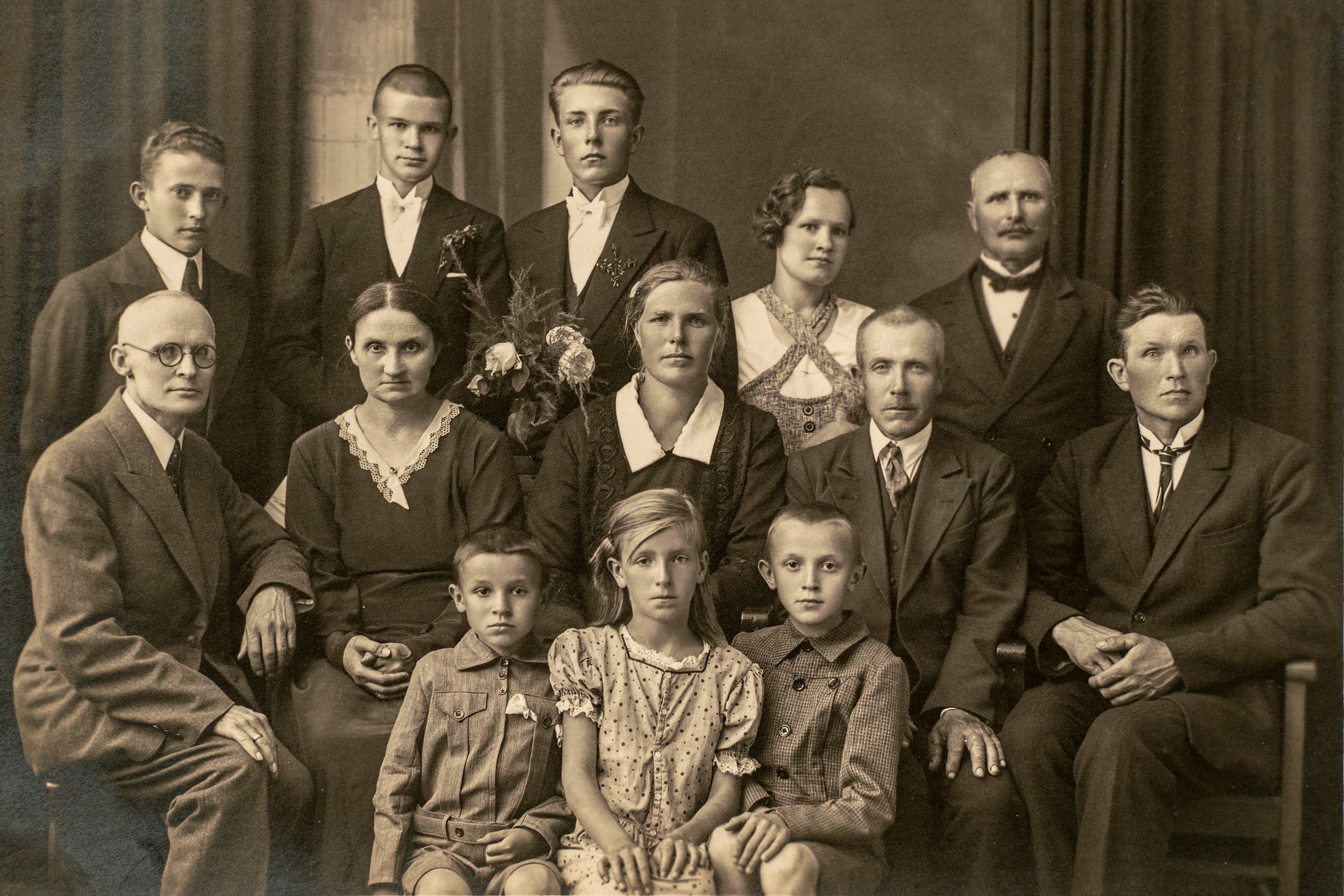What Happens to Your Digital Life When You’re Gone?
Most of us are pretty good at sorting out the big-ticket items - our wills, our houses, who gets the good crockery. But there’s something else quietly building behind the scenes: our digital life. Emails, bank accounts, Facebook profiles, photos in the cloud, subscriptions we’ve forgotten about… they all live on unless we decide what should happen to them.
It’s not the easiest topic to discuss, I’ll admit. But it’s one I’m raising because I’ve seen firsthand how distressing and complicated it can be for families left to untangle a loved one’s digital life. Planning for it doesn’t mean something bad is around the corner - it simply means you’re making life that little bit easier for the people who matter to you.
Let’s start with the practical stuff. The average person these days has dozens of accounts - email, MyGov, online banking, photo storage, Facebook, maybe a few streaming services too. If no one knows your login details, even getting into these accounts can be a challenge. And without access, your loved ones can’t shut them down, recover important information, or preserve the things you’d want saved.
So, what can you do now?
My advice is to create a simple, secure record of your important digital accounts. I recommend a handwritten password book, stored somewhere private and safe - ideally, one account per page with clear labels and space for updates (see our earlier article on password books for tips) – you could even put this in a locked section of your will. You don’t have to share it right away, but it helps to tell a trusted person that it exists and where it’s kept. Think of it like a spare key to your digital world.
Next, it’s worth looking at some of the tools already built into the services you use. For example, Apple offers something called a Legacy Contact. You can nominate someone you trust, and when the time comes, they’ll be able to request access to things like your photos, notes, and device backups. It’s all handled through your Apple ID settings. Google has something similar - it's called the Inactive Account Manager. You decide when your account should be considered inactive (say, after six months of no activity), and who should be notified. They can then download emails, photos, and documents if you allow it.
Facebook also has options: you can set your account to be memorialised, which locks it down and adds a “Remembering” banner, or you can appoint a Legacy Contact to manage the page. This person can post a final message, respond to friend requests, and request account removal if needed.
Now, a gentle but important note: not everything has to be saved. Part of digital legacy planning is also deciding what you don’t want passed on. That might be private messages, sensitive files, or emails that were only ever meant for you. It’s entirely your right to delete or tidy up as you see fit. A digital spring clean, you could say.
The point of all this isn’t to scare or overwhelm. It’s to bring peace of mind. Your digital life is part of your legacy, just like your family photos or treasured letters. Taking a few simple steps now means the people you care about won’t have to guess what you wanted, or struggle through complicated systems at a difficult time.
At Greyology, we can help guide you through the process - whether it’s setting up legacy contacts, organising a password system, or simply understanding what options are available.
Edin Read.
Founder & Chief Technician.
☎️ +61 401 018 615

